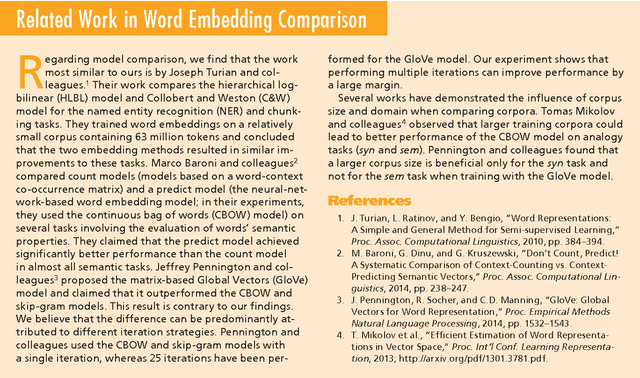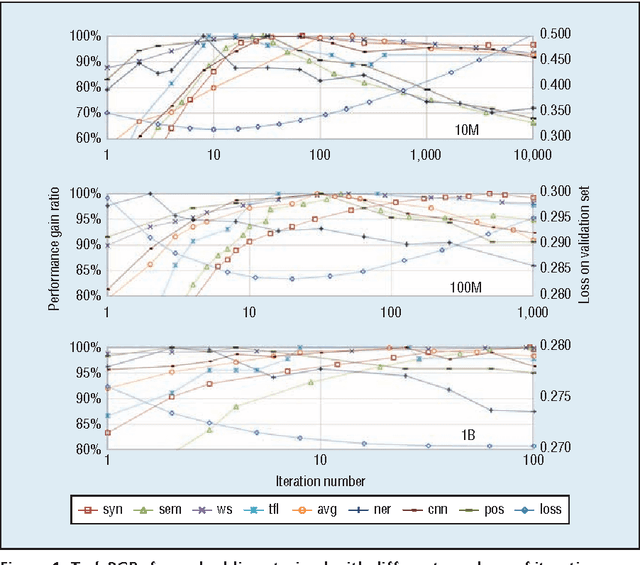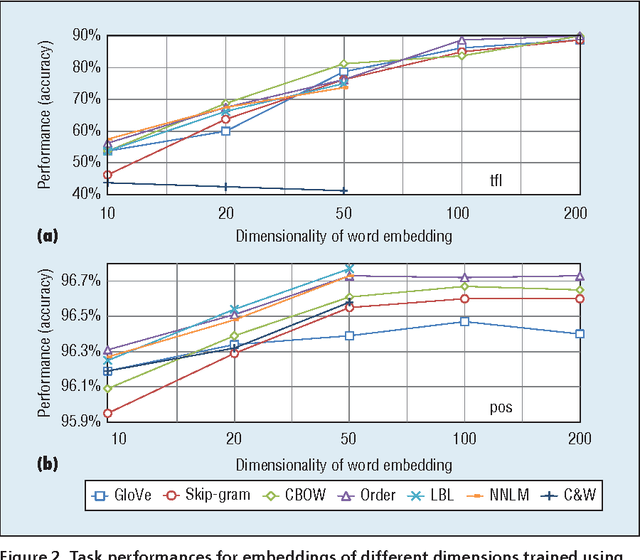How to Generate a Good Word Embedding?
Paper and Code
Jul 20, 2015



We analyze three critical components of word embedding training: the model, the corpus, and the training parameters. We systematize existing neural-network-based word embedding algorithms and compare them using the same corpus. We evaluate each word embedding in three ways: analyzing its semantic properties, using it as a feature for supervised tasks and using it to initialize neural networks. We also provide several simple guidelines for training word embeddings. First, we discover that corpus domain is more important than corpus size. We recommend choosing a corpus in a suitable domain for the desired task, after that, using a larger corpus yields better results. Second, we find that faster models provide sufficient performance in most cases, and more complex models can be used if the training corpus is sufficiently large. Third, the early stopping metric for iterating should rely on the development set of the desired task rather than the validation loss of training embedding.
 Add to Chrome
Add to Chrome Add to Firefox
Add to Firefox Add to Edge
Add to Edge